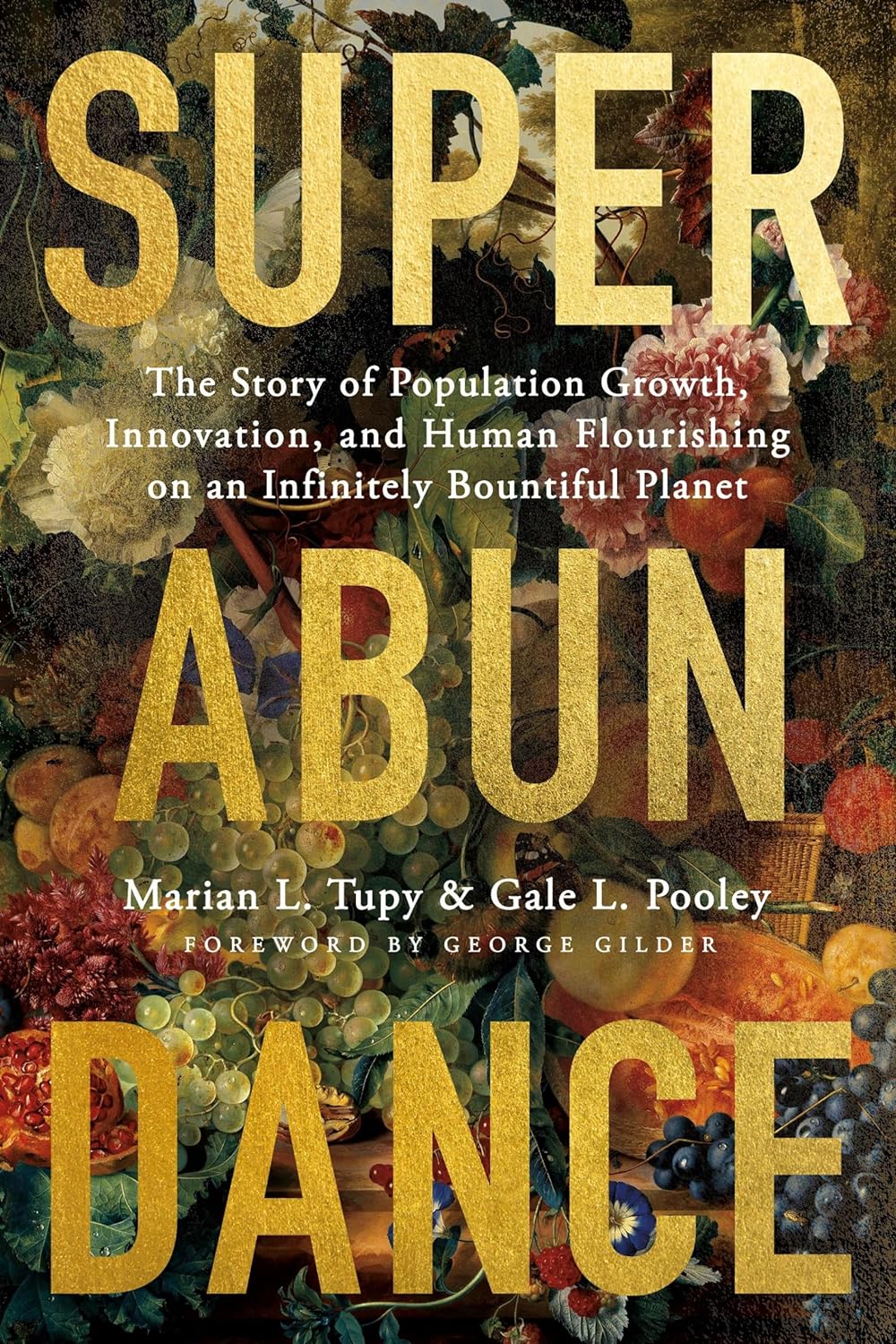Physical Address
304 North Cardinal St.
Dorchester Center, MA 02124
Physical Address
304 North Cardinal St.
Dorchester Center, MA 02124

The Best and Latest in Conservative Thought

Marian L. Tupy is the editor of HumanProgress.org, a senior fellow at the Cato Institute’s Center for Global Liberty and Prosperity, and co-author of The Simon Project. He specializes in globalization, global well-being, and the politics and economics of Europe and Southern Africa. His articles have appeared in prominent publications such as the Financial Times, The Washington Post, Los Angeles Times, The Wall Street Journal, The Atlantic, Newsweek, The U.K. Spectator, and Foreign Policy. Tupy has also been featured on major news networks including BBC, CNN, CNBC, MSNBC, FOX News, and FOX Business. He holds a BA in international relations and classics from the University of the Witwatersrand in Johannesburg, South Africa, and a PhD in international relations from the University of St. Andrews in Great Britain. He is the co-author of the book Ten Global Trends that Every Smart Person Needs to Know: And Many Other Trends You Will Find Interesting.
Superabundance: The Story of Population Growth, Innovation, and Human Flourishing on an Infinitely Bountiful Planet

Generations have been taught that population growth leads to resource scarcity. For instance, a widely publicized 2021 report claimed, “The world’s rapidly growing population is consuming the planet’s natural resources at an alarming rate… the world currently needs 1.6 Earths to satisfy the demand for natural resources… [a figure that] could rise to 2 planets by 2030.” But is this really the case?
Marian Tupy and Gale Pooley, after analyzing the prices of hundreds of commodities, goods, and services over two centuries, discovered that resources actually became more abundant as the population grew. This was especially evident when considering “time prices,” which measure the amount of time people must work to afford something.
Surprisingly, the authors found that resource abundance increased faster than the population, a phenomenon they term “superabundance.” On average, each additional person created more value than they consumed. This counterintuitive relationship between population growth and abundance holds true.
Why does this happen? More people generate more ideas, leading to more inventions. These inventions are then tested in the marketplace, distinguishing the useful from the useless. This process of innovation results in solutions that overcome shortages, drive economic growth, and improve living standards.
However, large populations alone are insufficient to maintain superabundance, as demonstrated by the historical poverty in China and India before their economic reforms. To foster innovation, people need the freedom to think, speak, publish, associate, and disagree. They must have the liberty to save, invest, trade, and profit. In essence, they must be free.
Ten Global Trends Every Smart Person Should Know: And Many Others You Will Find Interesting

Think the world is getting worse? You’re mistaken. In fact, the world is, for the most part, improving. A 2016 survey found that 58 percent of people in 17 countries believed the world was either getting worse or staying the same. Americans were even more pessimistic: 65 percent thought the world was deteriorating, while only 6 percent thought it was improving. However, uncontroversial data on major global trends presented in this book will convince you that this bleak outlook is largely unfounded.
World population is projected to peak at 8 to 9 billion before the century’s end, as the global fertility rate has dropped from 6 children per woman in 1960 to 2.4 today. The global absolute poverty rate has plummeted from 42 percent in 1981 to 8.6 percent currently. Satellite data reveals that forest areas have been expanding since 1982. Natural resources are becoming cheaper and more abundant. Since 1900, average life expectancy has more than doubled, now exceeding 72 years.
While significant issues like climate change, marine plastic pollution, and declining wildlife populations persist, many of these challenges are already being addressed thanks to favorable economic, social, and technological trends documented in this book.
To tackle the world’s problems, one must first understand what’s truly happening. “Ten Global Trends Every Smart Person Should Know” offers busy readers quick, easily understandable, and entertaining access to surprising facts about the true state of the world.
“I would say that learning this material … has lifted some of the existential weight from me. Things aren’t as bad as they are trumpeted to be. In fact, they’re quite a bit better, and they’re getting better, and so we’re doing a better job than we thought. There’s more to us than we thought. We’re adopting our responsibilities as stewards of the planet rapidly. We are moving towards improving everyone’s life.” ―Jordan B. Peterson